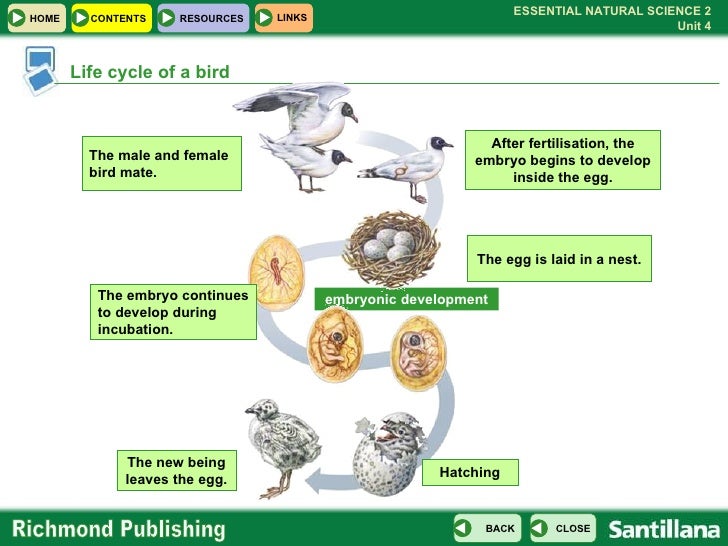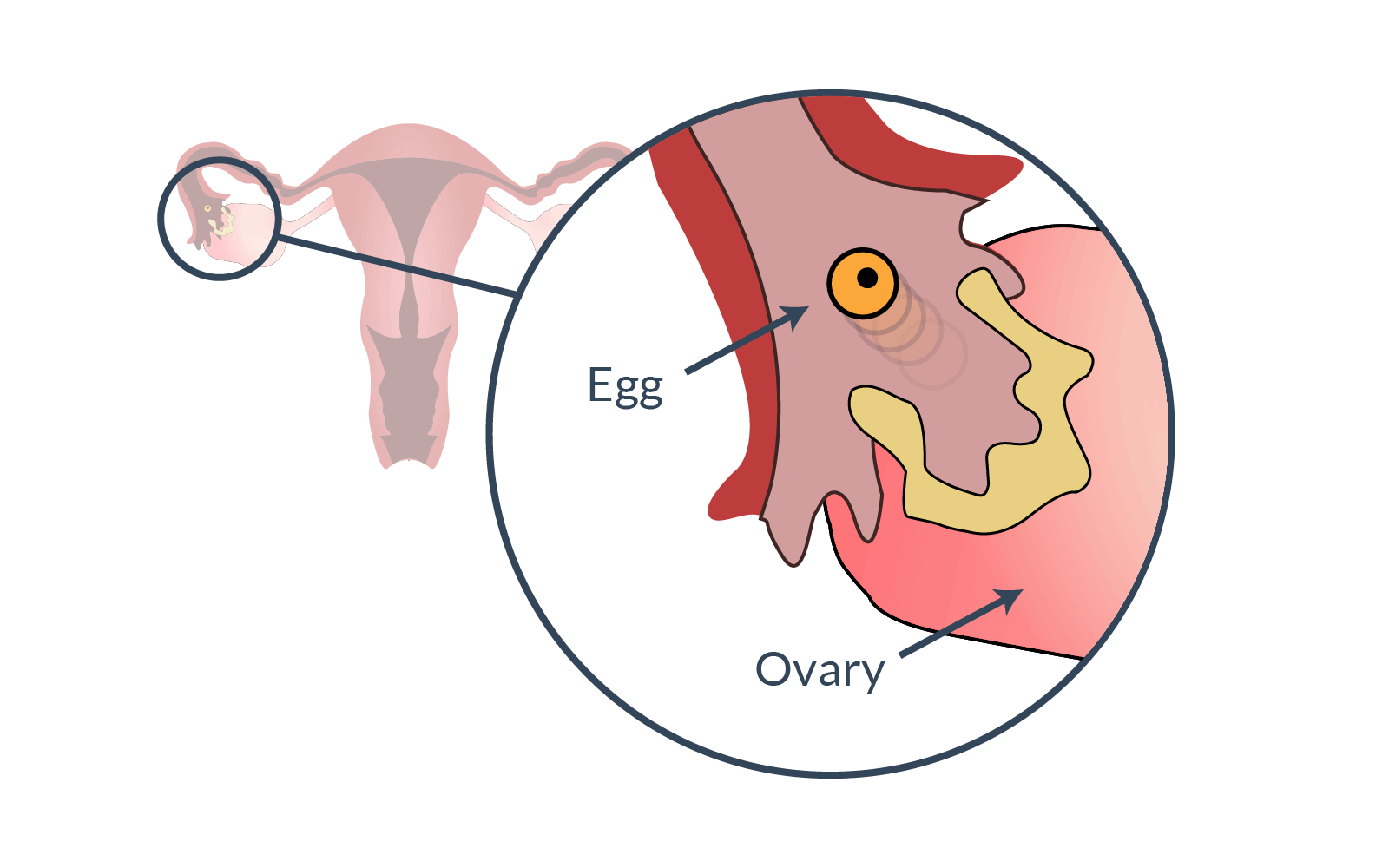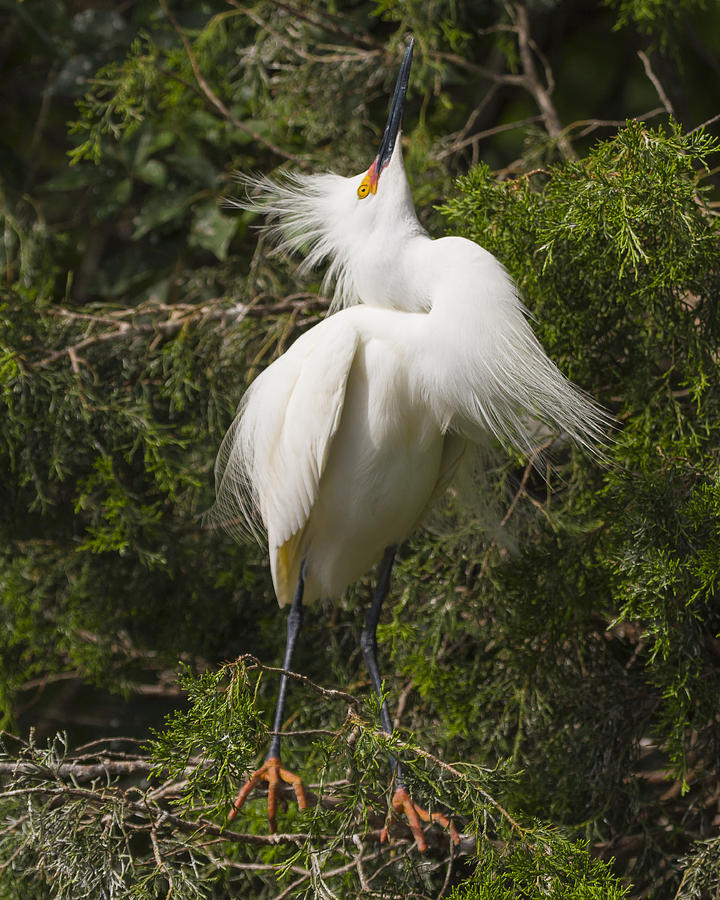
Image Source www.backtobirds.com
Understanding Avian Reproductive Cycles
Avian Reproduction: Dispelling the Myths
There are numerous misconceptions surrounding the reproductive cycles of birds, and one of the most common questions that arise is whether birds have periods. In this article, we will delve into the fascinating world of avian reproduction to shed light on this topic and debunk the prevailing myths.
Contrary to popular belief, birds do not have periods in the same way that humans do. While mammals experience a monthly menstruation cycle, birds have a unique reproductive system that differs significantly from ours. To understand this distinction, we need to examine the intricacies of avian reproduction.

Image Source www.slideshare.net
One of the fundamental characteristics of bird reproduction is the absence of a menstrual cycle. Instead, female birds undergo a process known as ovulation, which occurs periodically throughout their reproductive lives. Ovulation leads to the release of eggs, which are then fertilized by male birds in order to reproduce.
Demystifying Bird Ovulation
Ovulation in birds is a complex process influenced by various factors such as environmental cues, hormonal changes, and species-specific traits. Unlike mammals that shed the uterine lining during menstruation, birds do not have a uterus and therefore do not experience a monthly shedding of tissues.

Image Source www.ovulationcalendar.com
Instead, female birds produce mature eggs within their ovaries, which then travel down their reproductive tract. When a female bird is ready to reproduce, the mature egg is released from the ovary and moves into the oviduct, where it awaits fertilization by sperm from a male bird.
The Mating Ritual: How Birds Reproduce
Birds have developed elaborate mating rituals to ensure successful fertilization and reproduction. These rituals can vary greatly depending on the species, ranging from intricate courtship dances to impressive displays of plumage. Understanding the intricacies of avian reproduction requires a closer look at the mating process.

Image Source fineartamerica.com
Once the female bird releases a mature egg into the oviduct, it can be fertilized by the male bird’s sperm during copulation. The male bird typically showcases his fitness and desirable traits to attract a suitable mate. After successful mating, the fertilized egg continues its journey through the oviduct, where it undergoes various stages of development before it is eventually laid as an egg.
Decoding Avian Reproductive Variations
Avian Reproductive Strategies: From Monogamy to Polygamy
As with any other species, the reproductive strategies of birds can vary significantly. Some bird species display monogamous behavior, where a male and female form a pair bond and work collaboratively to care for their offspring. In contrast, other bird species exhibit polygamous behavior, where males may mate with multiple females, leaving the female birds to raise their offspring independently.
These varying reproductive strategies contribute to the wide array of avian behaviors observed in the bird kingdom. While some birds form lasting partnerships and engage in lifelong monogamy, others participate in intricate mating displays and compete fiercely for mates.
Environmental and Seasonal Influences on Avian Reproduction
Avian reproduction is closely tied to environmental and seasonal factors. Many bird species have evolved to synchronize their reproductive cycles with specific times of the year, allowing their offspring the best chance of survival. This synchronization often occurs in response to environmental cues such as temperature, food availability, and daylight duration.

Image Source archaeologynewsnetwork.blogspot.com
For example, migratory birds time their arrival and breeding activities to coincide with the abundance of food in their destination, ensuring optimal conditions for raising their young. This adaptability to environmental factors has played a significant role in the success and diversity of bird species worldwide.
Reproductive Strategies: From Egg-laying to Live Birth
While most bird species lay eggs, there are a few exceptions that deviate from this typical reproductive method. Some species, such as certain types of pigeons and doves, are known to produce a special substance called “crop milk” that is secreted by the male or female to feed their young. This unique adaptation allows for a form of live birth within the avian world.

Image Source www.pbs.org
The majority of bird species, however, rely on the remarkable process of egg-laying. Female birds construct nests and carefully incubate their eggs until they are ready to hatch. The stunning array of eggs in terms of size, shape, and coloration among different bird species is a testament to the remarkable diversity and adaptability of avian reproduction.
Conclusion
In conclusion, birds do not have periods in the same way that humans do. The avian reproductive system operates differently, with birds undergoing ovulation rather than monthly menstruation. Understanding and appreciating the unique mechanisms behind bird reproduction allows us to marvel at the remarkable diversity and complexity of life on our planet.

Image Source archaeologynewsnetwork.blogspot.com
Remember, nature is full of wonders, and birds never cease to amaze us with their incredible adaptations and reproductive strategies. So, the next time you hear someone ask, “Do birds have periods?” you can confidently share the fascinating truth about avian reproduction.